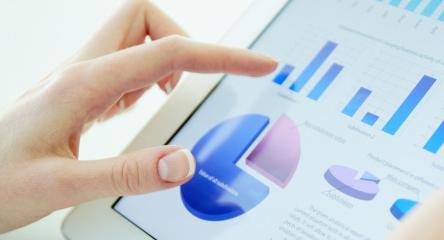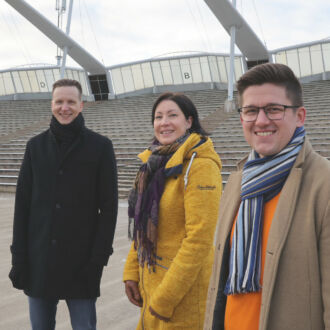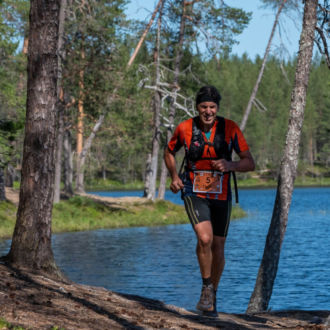From diabetes logbooks to medical alert bracelets, Finnish companies are developing novel high-tech solutions to long-running healthcare issues.
Ismo Tampio is carefully writing in a notebook. This is not idle doodling: It is important that he does this regularly, because he recently discovered he has diabetes.
“This spring I learned that my blood glucose was really high,” he says. “This was the beginning of a complete change in my diet and medication.”
Tampio has to repeatedly measure and record his blood sugar levels, his diet and his daily activities. He says it has been difficult to keep track of everything, but some tools make this easier. There are sports and diet smartphone apps, and medical devices like insulin pumps also keep records. These separate tools used to exist in isolation and couldn’t work together to give a comprehensive overview. Now Tampere-based Sensotrend has developed a solution.
Enhancing treatment

Sensotrend and Innovamo both help make healthcare info conveniently available.Photo courtesy of Innovamo
“The problem has been getting all this data to a single user interface optimised for diabetes treatment, so that we could really see how different factors affect glucose levels of an individual,” says Mikael Rinnetmäki, one of Sensotrend’s founders. “We collect the data from various wellness trackers and medical devices and present it in a single user interface.”
Rinnetmäki is a type one diabetes sufferer himself. He says he uses seven different apps and devices to collect the data he needs to enhance his treatment.
“I’ve finally been able to learn exactly how running lowers my blood glucose,” he says. “Currently I’m learning the effects of stress. I’m able to see how the cortisol hormone from constant stress keeps my glucose levels elevated. All of this is really personal, and our bodies change constantly as our lives change, so each person with diabetes needs to track all that data themselves.”
Many people with diabetes or other conditions wear medical alert jewellery in order to inform medics of their condition. Historically these have been simple bracelets or necklaces, but they have serious limitations.
“The old bracelets have very limited information,” says John Caesar of the Finnish company Innovamo. “Any information on the bracelet is easily visible and not everyone wants to share their medical condition such as epilepsy in a social setting. They’re also not easily updateable.”
Immediate info access

Medical staff can immediately access health data with just the tap of a smartphone if the patient is wearing a SOS-ICE wristband.Photo courtesy of Innovamo
Innovamo has developed an ingenious solution to this old problem. Now a medic or doctor can immediately access pre-existing medical conditions, drug allergies, medical history, treatment wishes or the contact information of family members with just the tap of a smartphone.
“SOS-ICE enables emergency first responders to gain instant access to relevant critical information of our customers in the event of an emergency,” Caesar continues. “It consists of a low-tech smart wearable, like a wristband or pendant, with an online service for the customer and a mobile app for the emergency responder.”
SOS-ICE uses near field communication (NFC) technology chips that are embedded in silicone bracelets or stickers which can be placed on items like a bike helmet. The information is securely accessed by tapping on the wearable with an NFC mobile device with the application installed. By redeploying existing technology, they offer a solution to a long-standing problem: giving first responders the information they need in case of an emergency.
“We spoke to emergency medical professionals and customer groups, both at individual and organisational levels,” Caesar says. “We found that there is a clear need for this kind of solution, which brought significant advantages to the current traditional approach.”
By David J. Cord, July 2014





